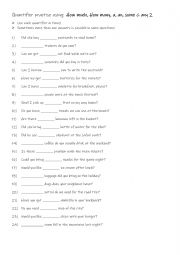
|
Quantifier practise using: How much, How many, a, an, some & any 2
Students first familiarise themselves with the 6 quantifiers and their use. Then they complete the gap-fill with the correct word. Each quantifier is used 4 times!Answers on page 2.
Level: elementary
Age: 8-100
Type:
Downloads: 136
|

|
A1 Practise with is, am & are 5
Students read the sentence and complete the sentence with the correct form of the verb to be. They use the (+) or (-) sign at the end of the sentence to see if it needs a positive or negative form of the verb to be. Each form is used 3 times! Answers on page 2.
Level: elementary
Age: 8-100
Type:
Downloads: 136
|
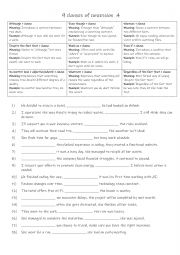
|
9 clauses of concession 4
First, students need to familiarise themselves with the 9 clauses and their meanings. Then they read the sentences to see which one is required to complete the gap-fill. Each clause is used 2 times! Answers on page 2.
Level: intermediate
Age: 10-100
Type:
Downloads: 136
|
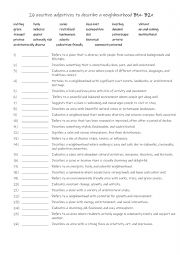
|
Negative adjectives to describe a neighbourhood B2-C1
19 negative adjectives to describe a neighbourhood B2-C1. Students read the definitons and choose from a list of adjectives in bold. Answers on page 2. After checking the answers, students in pairs or small groups use some of the adjectives to describe their neighbourhood.
Level: advanced
Age: 15-100
Type: worksheet
Downloads: 135
|
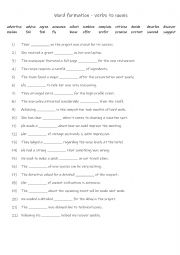
|
A2+-B1 Word formation - verbs to nouns
Being familiar with different word forms allows students to express themselves more precisely and flexibly. For example, instead of just using the verb create, they can use the noun creation to discuss the result of the action.Students make nouns from the verbs in bold. Then they read the sentences and complete it with the missing noun. Answers on ...
Level: intermediate
Age: 10-100
Type: worksheet
Downloads: 135
|
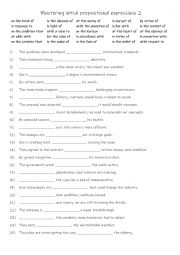
|
B2-C1 Mastering prepositional expressions 2
Mastering initial prepositional expressions is important for improving fluency and precision in English communication. By focusing on prepositions that commonly introduce phrases, you can strengthen your ability to express relationships between ideas, such as time, place, or cause and effect. Additionally, mastering these expressions enhances both ...
Level: intermediate
Age: 10-100
Type:
Downloads: 135
|
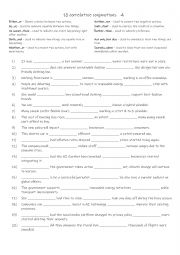
|
B1-B2 10 correlative conjunctions 4
First, students need to familiarise themselves with the 10 conjunctions and their meanings. Then they read the sentences to see which one is required to complete the gap-fill. Each linker is used 2 times! Answers on page 2.
Level: intermediate
Age: 12-100
Type:
Downloads: 135
|
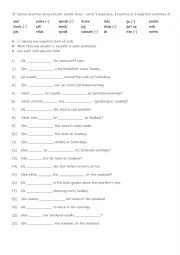
|
3rd person practise using present simple tense � with positive & negative sentences + questions 4
Students familiarise themselves with the 21 verbs. Then they read the sentences to see which question verb is required to complete the gap-fill. Each form is used 7 times! Answers on page 2.
Level: elementary
Age: 7-100
Type:
Downloads: 135
|
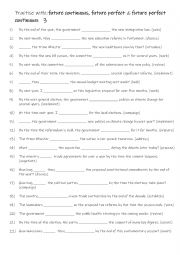
|
B1-B2 Practise with future continuous, future perfect & future perfect continuous 3
Students should learn the future continuous, future perfect, and future perfect continuous tenses to express a variety of future actions and events more clearly. The future continuous describes ongoing actions at a specific future time, the future perfect indicates actions that will be completed before a certain future point, and the future perfect...
Level: intermediate
Age: 10-100
Type: worksheet
Downloads: 135
|
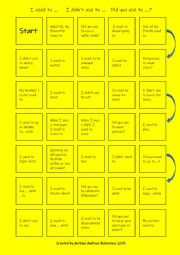
|
Talking about changes in your life
A fun board game with current topics of interest. To encourage lower level students to develop conversational skills by showing interest in what the speaker says also by asking other questions to expand conversation. This sheet should take higher level students around an hour to complete!
Suitable for both pairwork and small groups.
Level: intermediate
Age: 12-100
Type: worksheet
Downloads: 134
|












